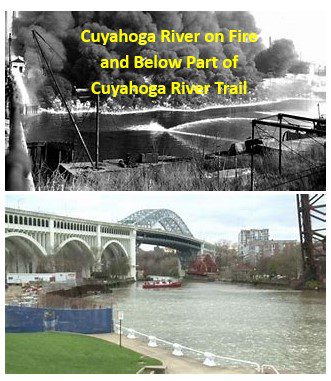The Power and Elegance of the Clean Water Act

Before passage of the Federal Water Pollution Control Act (Clean Water Act) in 1972 enforcement of the then federal water protection law was left to the states. States competed for industry, using weaker enforcement as a recruiting tool. And, state and local governments did not have the fiscal resources to build infrastructure for growing suburbs nor the political will to raise taxes to fund the need.
The Clean Water Act (CWA) addressed both the enforcement and infrastructure needs. For a time, billions of dollars were made available to states and local governments to fund wastewater treatment infrastructure, and eventually that was replaced by low interest loan programs. A great number of facilities were built or upgraded to significantly improve water quality by reducing pollution.
The problem of lax enforcement of water quality laws was addressed by the creation of the Environmental Protection Agency (EPA) and water quality criteria. While most enforcement remained with the states, the EPA had the ability to enforce when states do not, as well as to withhold funds from states that did not do enforcement.
Recognizing that government, state and federal could backslide and fail to do enforcement, some very smart members of Congress put a citizen suit provision in the CWA. The provisions allow citizens or citizen organizations to file a notice of intent to sue (NOIS) when there are permit violations and neither the polluter nor the responsible government entities stop it. If after 60 days, action to stop the pollution does not occur, a suit can be filed in federal court.
Learn more about the CWA at the site below and elsewhere https://www.treehugger.com/what-is-the-clean-water-act-summary-and-impact-5097356
